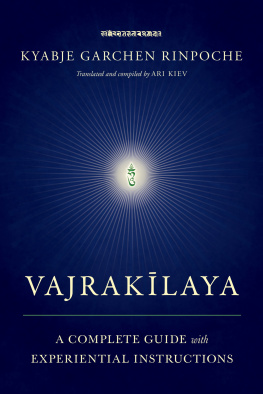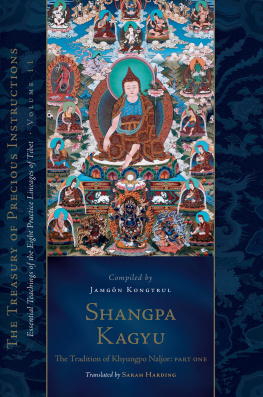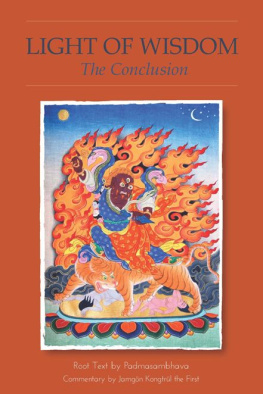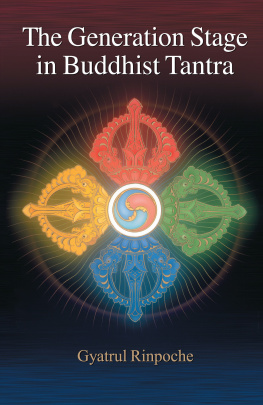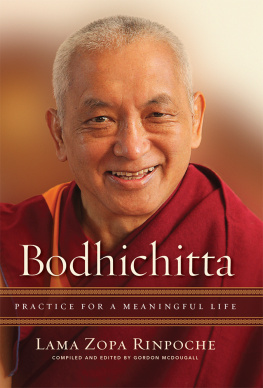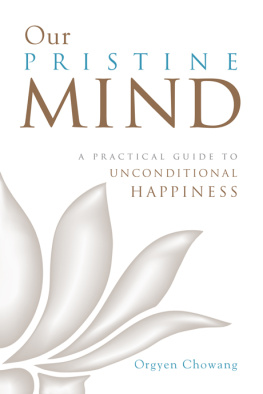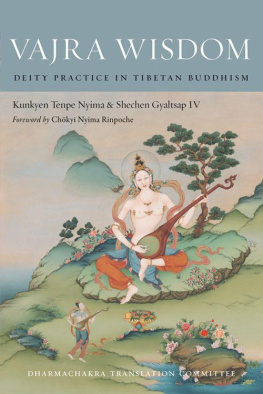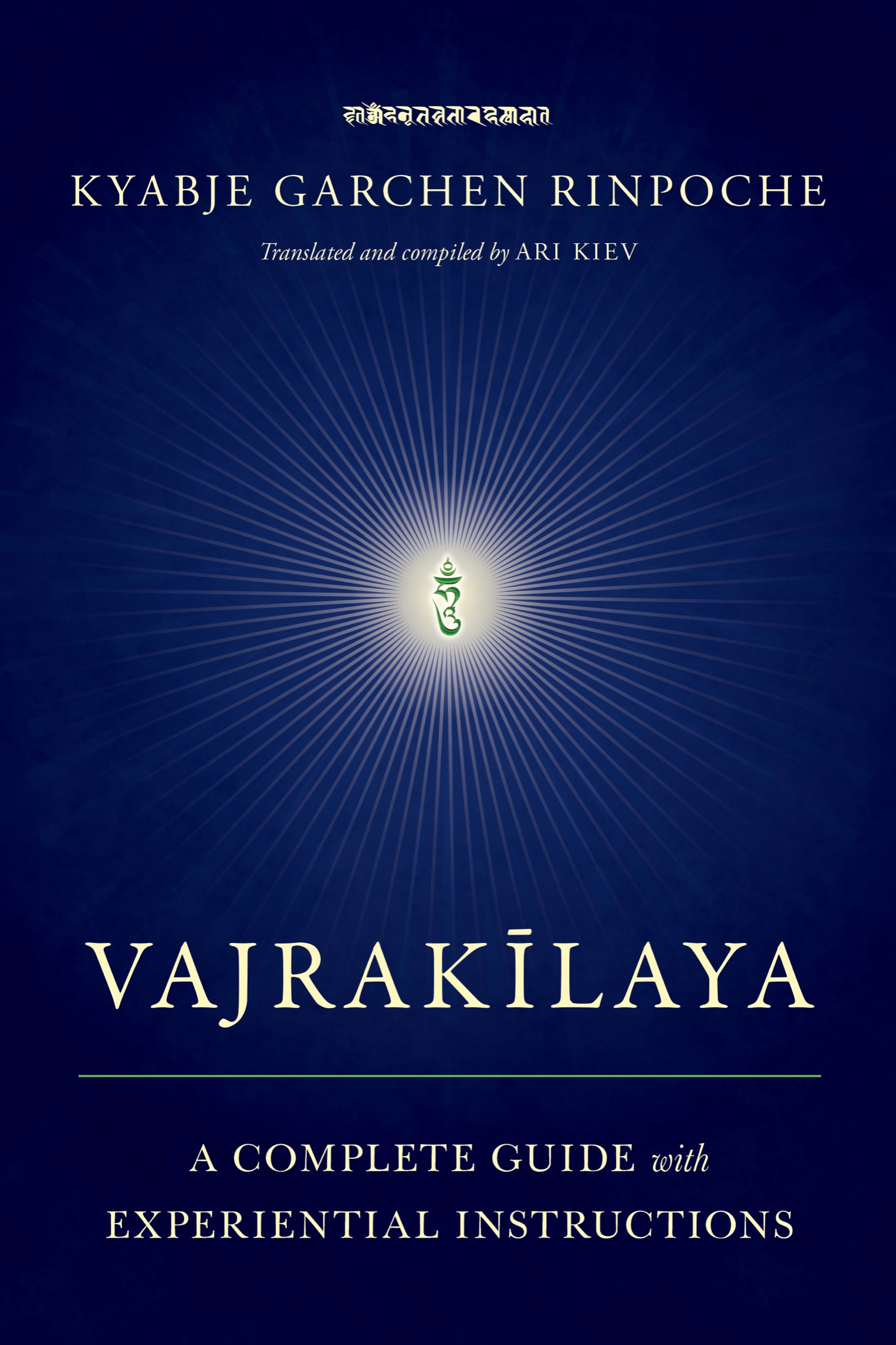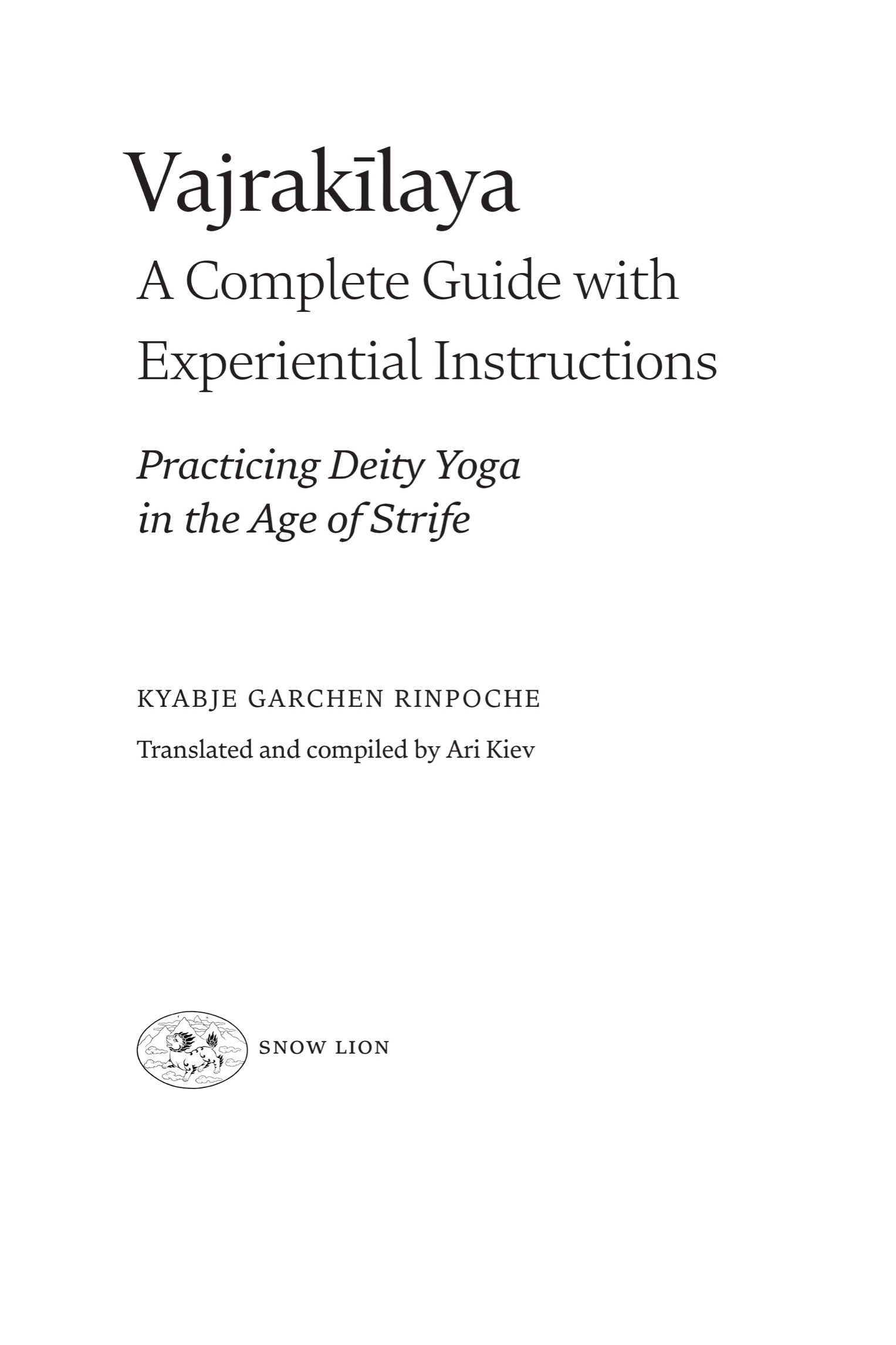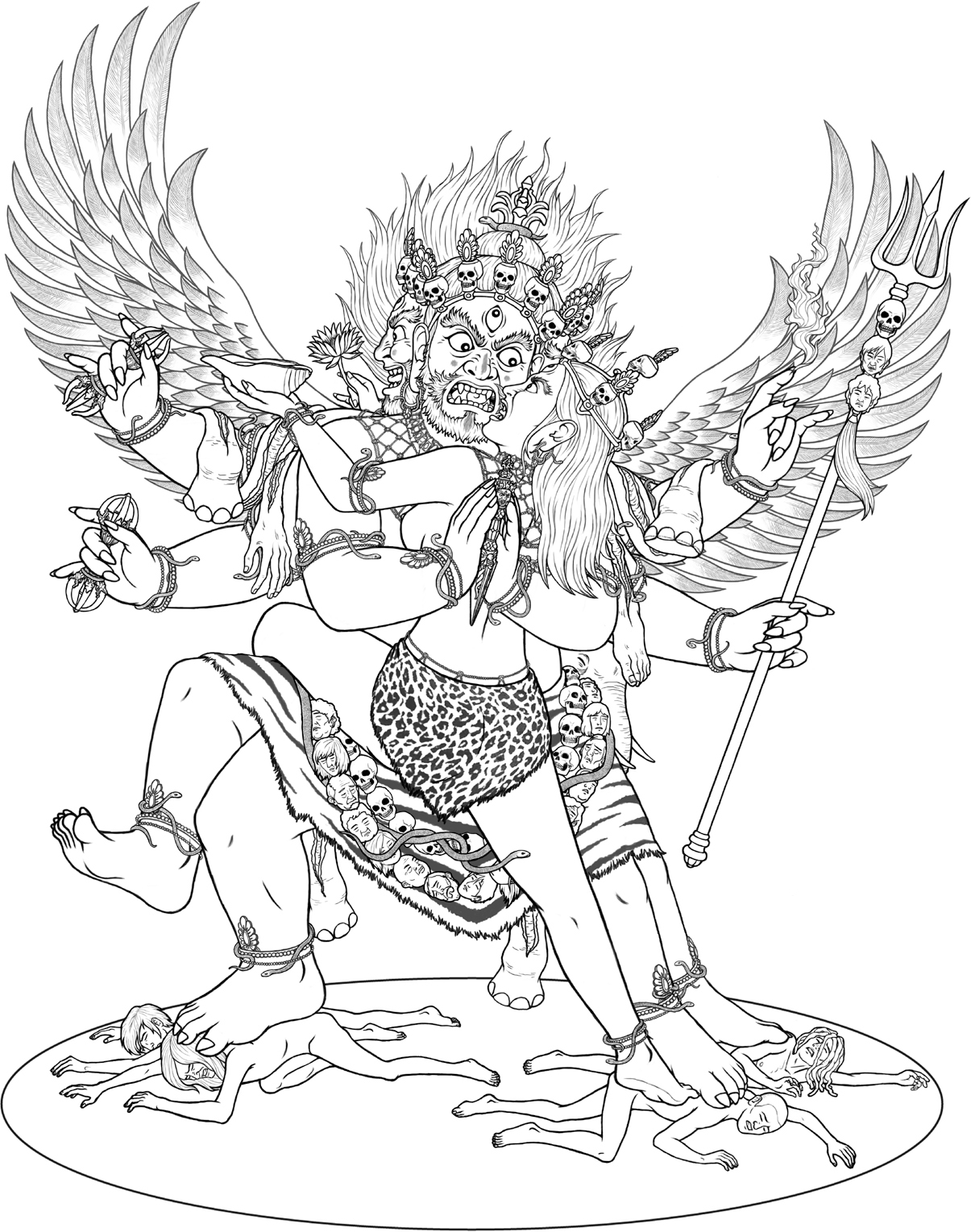For some years, I have been sharing at Dharma centers whatever knowledge I have about the practice of Vajrakla. With rejoicing, I offer thanks to the Tara Foundation for having collected these instructions and provided for their assembly, allowing Ari-ma to translate and arrange them.
On account of my inferior intellect and meager study, I certainly lack the refined exposition capable of rousing delight in the learned. Even so, Vajrakumra is the chief personal deity of my paternal ancestors. Likewise, since successive generations at Gar Monastery have practiced Vajrakumra accomplishment retreats and since his routine pjas came to be important there, I have relied on him as the destined deity with whom I have had an auspicious connection for lifetimes through karma and aspirations.
As I have had the good fortune to practice Vajrakumra even from the time I was small, herein I have related whatever I couldwith nothing but the intent to benefit othersbased on the certainty associated with his felt blessing and on the slight experience I have gained. If masters of the learned who have a broad knowledge of sutra and tantra should opine on developing the good and rooting out the faults of these teachings, I will be most grateful.
Note to Practitioners
It is taught that after cultivating precious bodhicitta and training in the progressive stages of the path, one can enter the door of the Secret Mantric Vajra Vehiclefirst receiving empowerment, then transmission, and finally practice instructions. This mode of spiritual development is fundamentally relational in its approach; it depends on the human connection between guru and disciple. Indeed, this is how Garchen Rinpoche and countless other realized lineage masters were gradually initiated into the mantric path. Now, as ever, practitioners who aspire to become like them would do well to emulate their approach to the teachings.
Because Garchen Rinpoches actions are shaped by both extreme love and extreme pragmatism, they can sometimes be unorthodox and difficult to fathom. Ever cognizant of how fleeting human life is and how rare the conditions are to meet with and receive the sublime Dharma, Rinpoche fulfills without delay the wishes of those who approach him with interest. He offers lovingly and in good faith that which he has received.
Rinpoche has often spoken of his firm commitment to not investigate disciples good and bad qualities or spiritual histories. Only the buddhas can know an individuals karma and fitness to receive any teaching. In this regard, maintaining unwavering trust in the sources of refuge, Dharma guardians, and the workings of causality, Garchen Rinpoche considers a persons interest in and access to the Dharma sufficient indications of his or her karmic connection.
Because this manual includes secret teachings, I asked Rinpoche about the threshold for readership. He responded with the following words: It is said that compassionately looking with a long-range view on the future time of dregs, the buddhas taught mantric sadhanas. Today that future has become manifest. Right now is the time of dregs, in which secret mantra teachings must be propagated. As Guru Padma prophesied, When the wicked era burns like fire, the potent force of secret mantra will blaze forth.
Because of this and because it is far better to receive the buddhas teachings than not, Rinpoche has offered the instructions herein without demanding prerequisites like empowerment. Maintaining pure perception without investigating or discriminating, he has given the Dharma with an open hand. This is one of the ways in which he upholds his samaya, or commitment, to beings and to the sources of refuge.
It is not Rinpoches style to offer the Buddhadharma in a prescriptive way, establishing and policing rules of conduct. Instead, disciples must mature beyond outwardly imposed dictates, taking personal responsibility for our own actions, which are to be tempered by love and heedfulness of cause and effect. Thus, how we approach, receive, and integrate Rinpoches instructionshow we uphold our own samayais a matter we must ultimately determine for ourselves.
Translators Introduction
Although I had not fully understood it at the time, it seems the catastrophic terrorist attacks of September 2001 in New York City and Virginia became the final condition for the seeds of Kyabje Garchen Rinpoches personal practice of enlightened body, Majur Yamntaka, and enlightened activity, Vajrakla, to begin ripening in the New World. In February 2002, the Yamntaka group accomplishment retreat, or drubpa, was established at Garchen Buddhist Institute (GBI) in Arizona. In the summer of that same year, even before a Vajrakla retreat had begun at GBI, Rinpoche offered his first instructions in America on the practice of the yidam, or favored personal deity, of his current and former lives. It seems to me those instructions were bestowed with great aspirations for the practice yet to come, as Rinpoche repeatedly used phrases like in the future when you actually practice Vajrakla I came to regard those teachings as a sort of treasure, concealed in 2002 to be rediscovered after we as a sangha had collectively matured a bit.
The teachings gathered in this book were titled Vajraklaya: Profound Points of Practice

